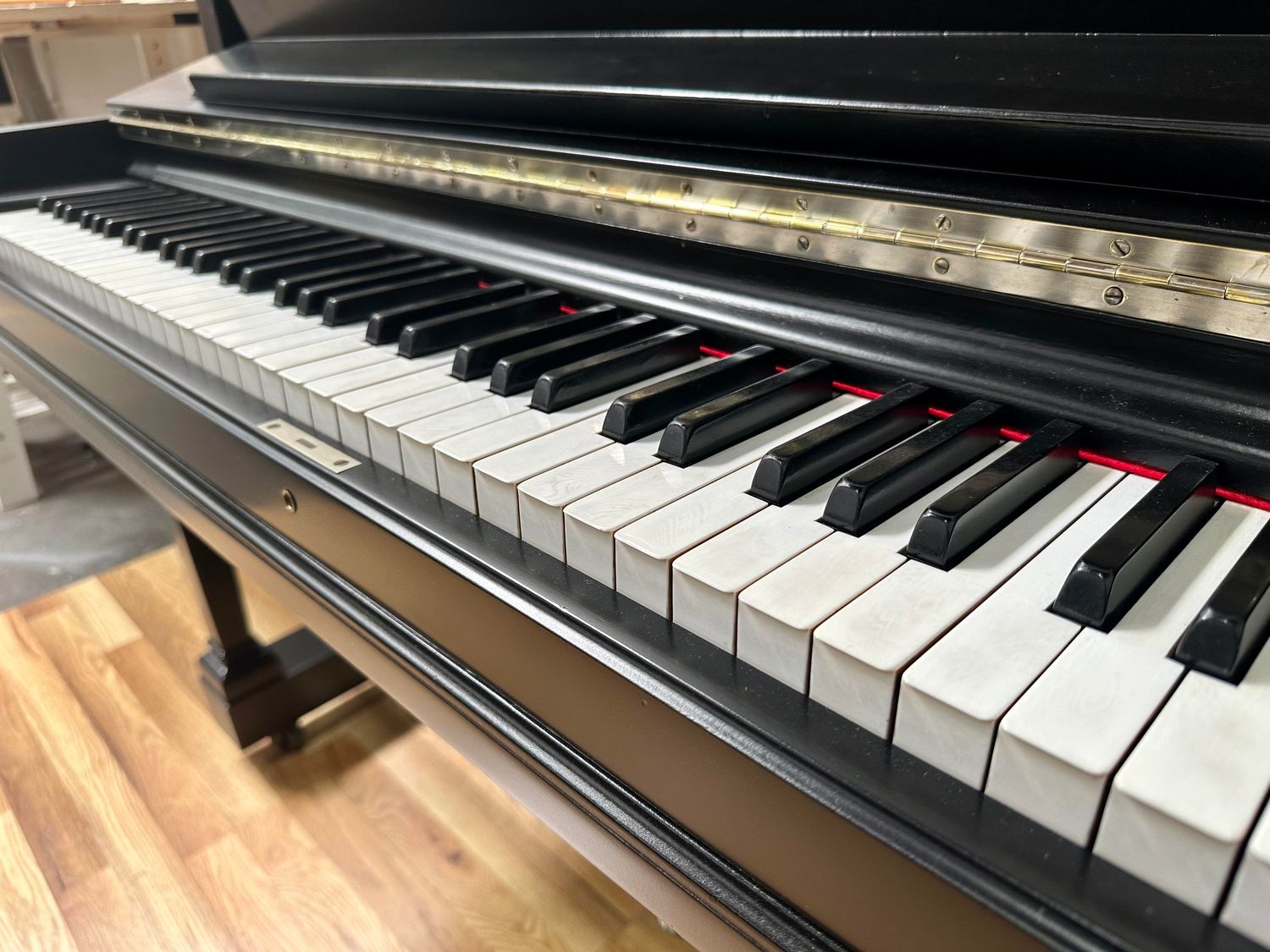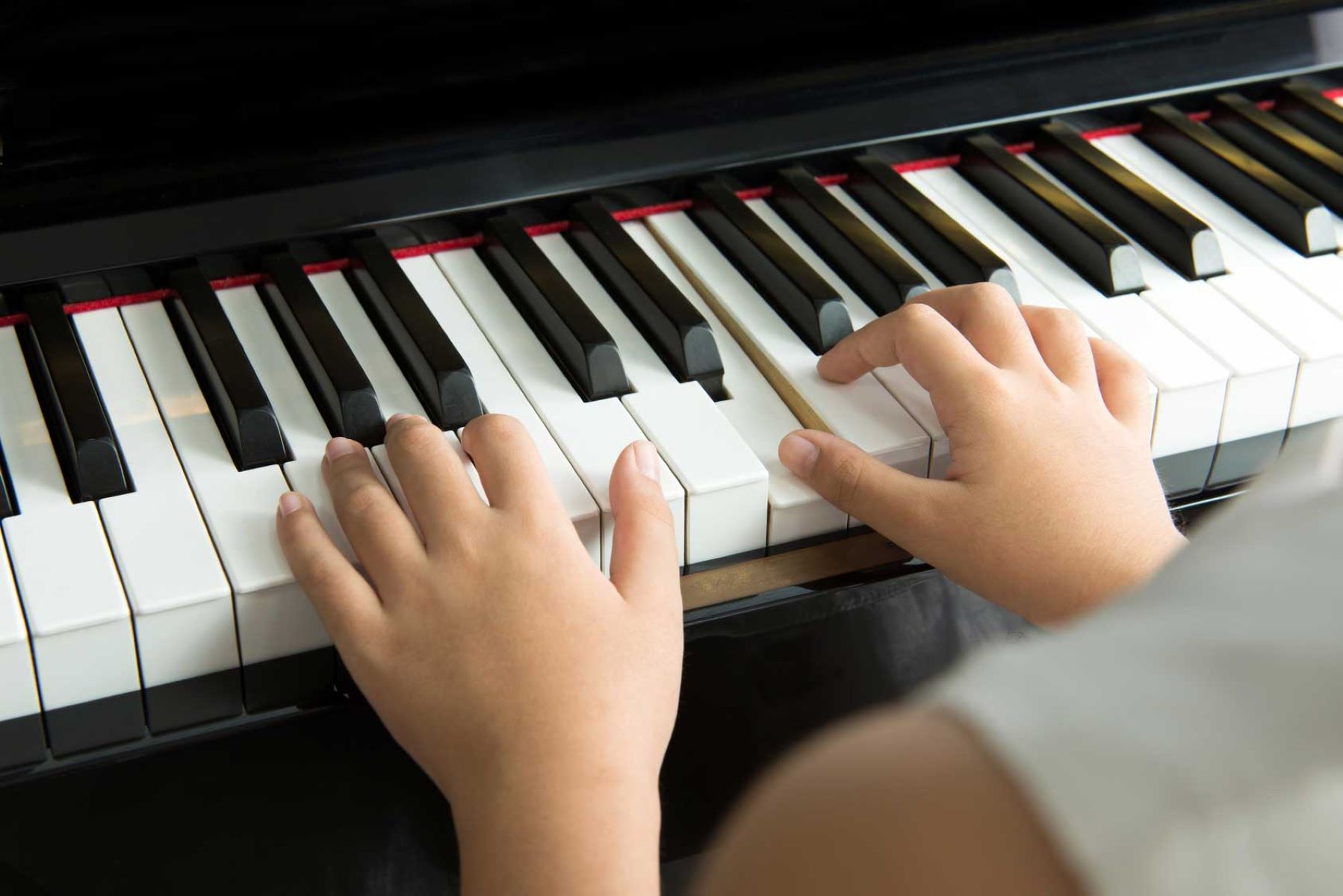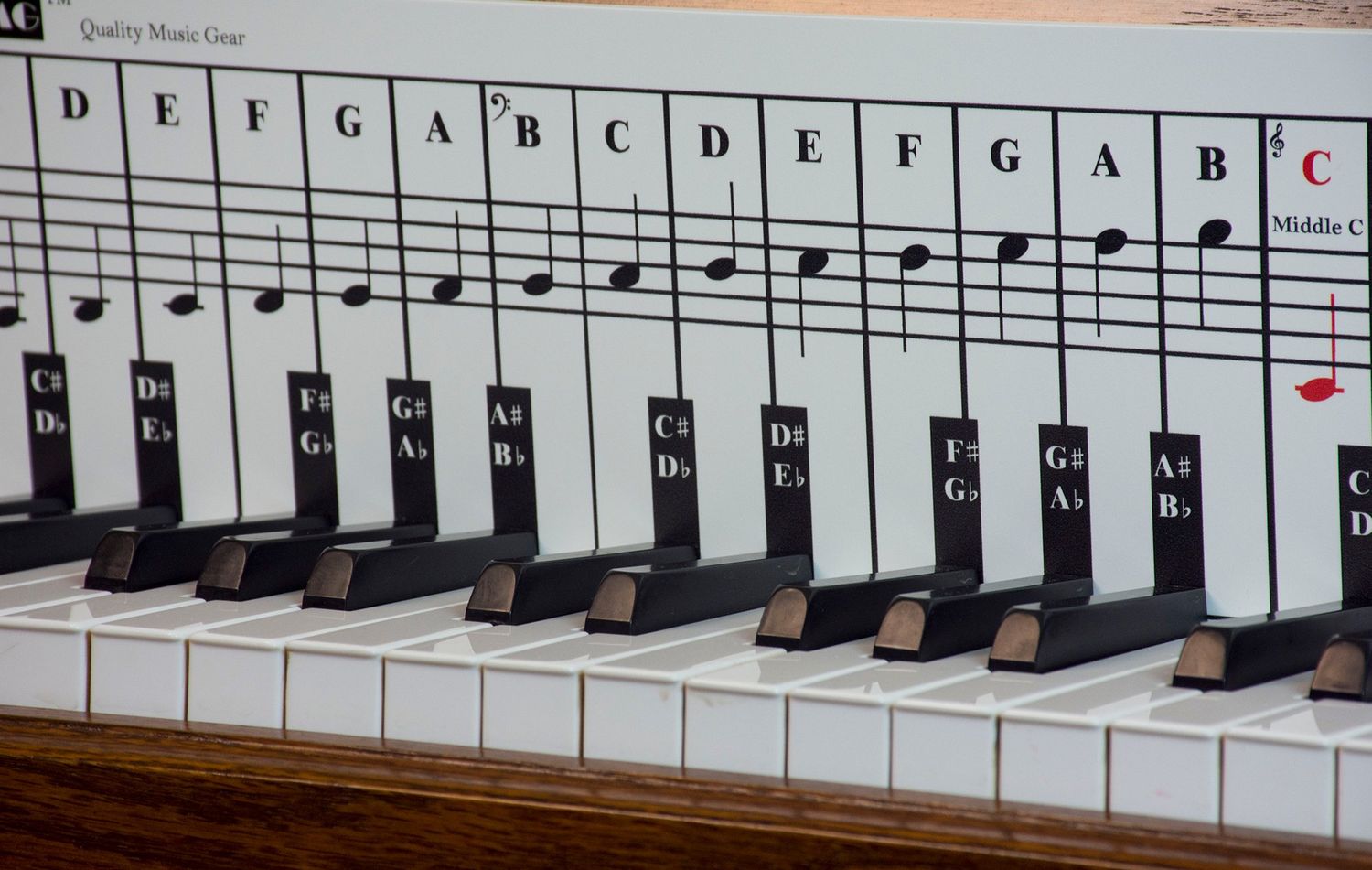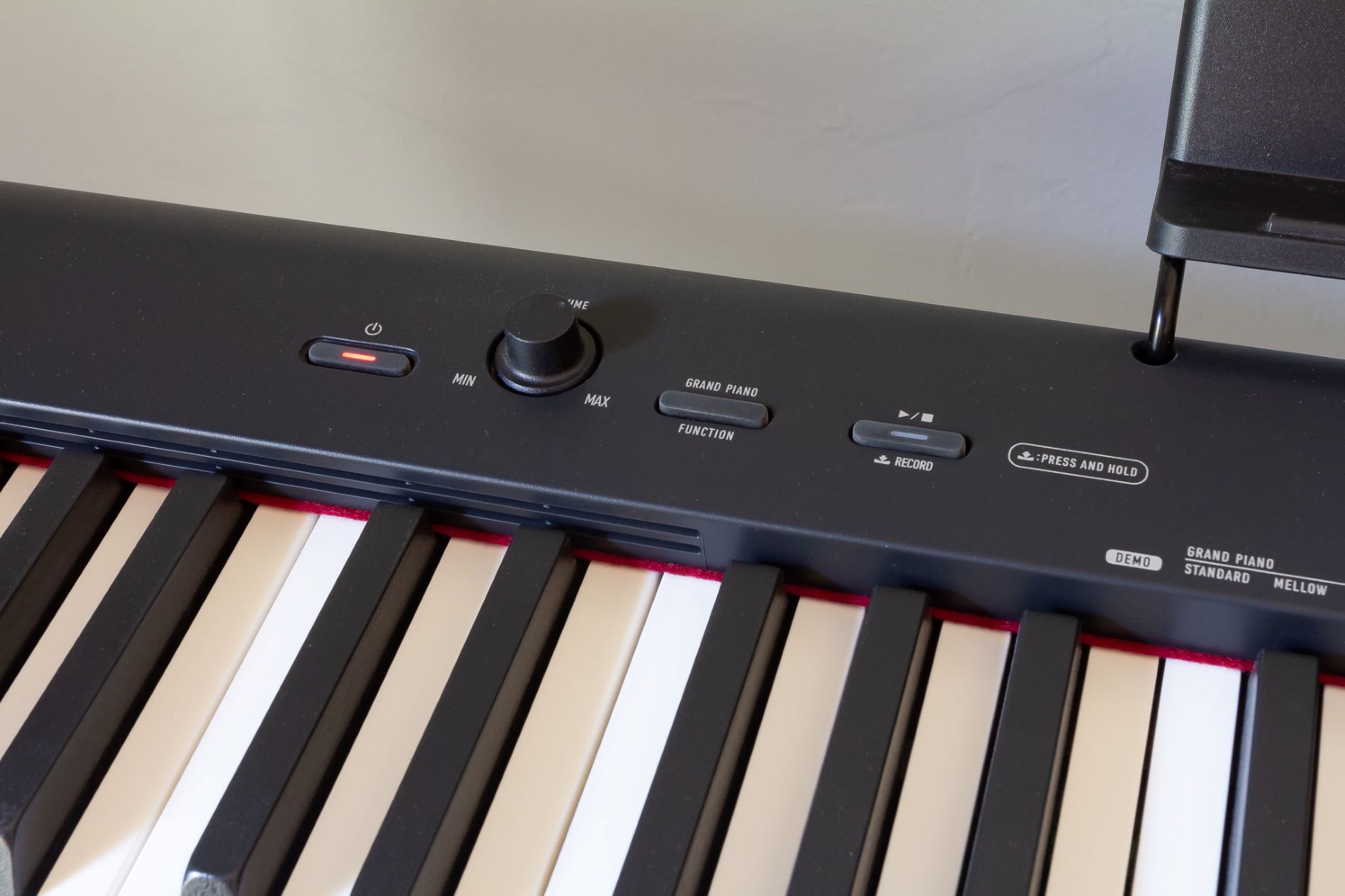Home>Instruments>Piano>How To Play A Thumb Piano
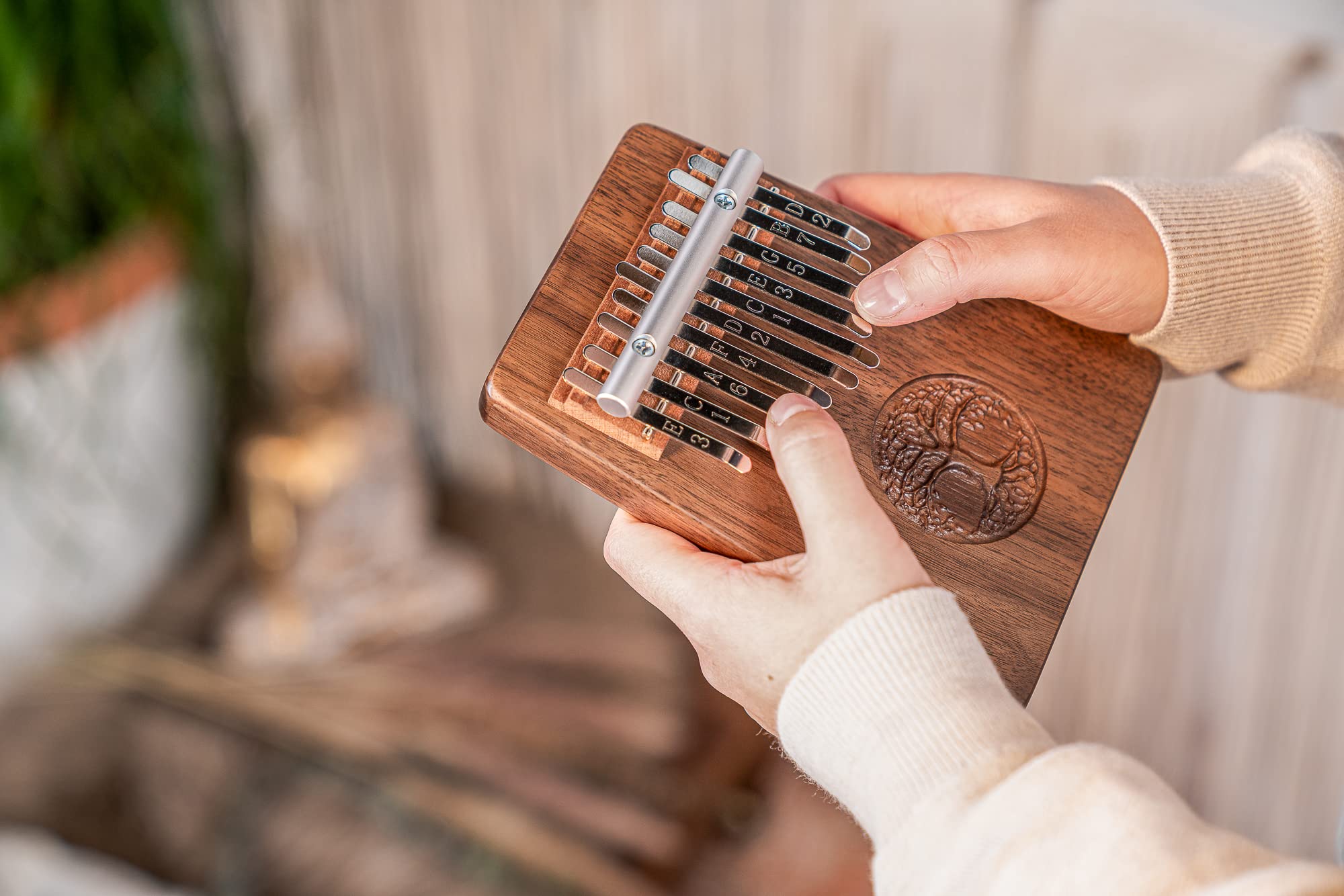

Piano
How To Play A Thumb Piano
Published: February 10, 2024
Learn how to play a thumb piano with our step-by-step guide. Master the art of playing the piano and impress your friends with your musical skills. Discover the joy of creating beautiful melodies with the piano. Start your musical journey today!
(Many of the links in this article redirect to a specific reviewed product. Your purchase of these products through affiliate links helps to generate commission for AudioLover.com, at no extra cost. Learn more)
Table of Contents
Introduction
The thumb piano, also known as the kalimba or mbira, is a fascinating and enchanting musical instrument with roots tracing back to Africa. Its unique sound and portability have made it increasingly popular among music enthusiasts worldwide. Whether you're a seasoned musician or a novice looking to explore a new instrument, the thumb piano offers a delightful and accessible avenue for musical expression.
In this comprehensive guide, we will delve into the art of playing the thumb piano, exploring its history, construction, playing techniques, tuning, and maintenance. By the end of this journey, you will have gained valuable insights into this captivating instrument, empowering you to create beautiful melodies and immerse yourself in the rich musical traditions it embodies.
Join me as we embark on a rhythmic and melodious adventure through the captivating world of the thumb piano. Whether you're drawn to its soothing tones or intrigued by its cultural significance, this guide will equip you with the knowledge and skills to unlock the full potential of this extraordinary instrument. So, let's tune our senses to the harmonious vibrations of the thumb piano and explore the wonders it has to offer.
Understanding the Thumb Piano
The thumb piano, also referred to as the kalimba, is a traditional African instrument that has been cherished for centuries. Its design typically consists of a wooden board or resonator with metal tines of varying lengths attached to the surface. These tines are plucked with the thumbs to produce melodic tones, giving the instrument its distinct and soothing sound.
One of the most captivating aspects of the thumb piano is its portability and simplicity. Unlike larger and more complex instruments, the thumb piano can easily fit in the palm of your hand, making it an ideal choice for musicians on the go. Its compact size and straightforward design also make it an excellent instrument for beginners to explore the fundamentals of music and melody creation.
Furthermore, the thumb piano’s roots in African culture infuse it with a rich and diverse heritage. It has been an integral part of traditional African music, often used in communal gatherings, storytelling, and spiritual ceremonies. The instrument’s significance varies across different African cultures, with each community adding its unique flair to the instrument’s construction and playing techniques.
As the thumb piano continues to captivate global audiences, its influence has transcended traditional boundaries, finding its place in contemporary music genres and artistic expressions. Musicians and composers worldwide have embraced the thumb piano’s unique timbre, incorporating it into a wide range of musical compositions, from ambient soundscapes to popular recordings.
By understanding the cultural and historical significance of the thumb piano, we gain a deeper appreciation for the instrument’s enduring appeal and the diverse musical traditions it represents. As we journey further into the realm of the thumb piano, we will explore the intricacies of playing techniques, tuning, and maintenance, unlocking the full potential of this captivating instrument.
Playing Techniques
Playing the thumb piano is a deeply immersive and rewarding experience, offering a unique opportunity to create captivating melodies with the touch of your fingertips. Whether you’re a beginner or an experienced musician, mastering the playing techniques of the thumb piano can open a world of musical possibilities.
One of the fundamental aspects of playing the thumb piano is understanding the positioning of the instrument. Typically held in both hands, the thumb piano’s tines are plucked using the thumbs, while the sound resonates through the resonator, creating a mesmerizing auditory tapestry. The instrument’s compact size allows for effortless maneuverability, enabling players to explore a wide range of musical expressions with ease.
As you acquaint yourself with the thumb piano, you’ll discover the art of producing different tones and rhythms by plucking the metal tines. Each tine emits a distinct pitch, and by strategically combining plucking techniques and finger placements, you can craft intricate melodies and harmonies. The instrument’s intuitive layout encourages experimentation, allowing players to unleash their creativity and explore the boundless sonic landscapes it offers.
Furthermore, the thumb piano’s versatility extends to its adaptability across musical genres. Whether you’re inclined towards soothing lullabies, lively folk tunes, or contemporary compositions, the thumb piano accommodates a diverse array of musical styles. Its tranquil timbre and expressive potential make it a versatile instrument for both solo performances and collaborative musical endeavors.
As you delve deeper into the realm of the thumb piano, you may also explore advanced playing techniques, such as intricate fingerpicking patterns and percussive effects, adding depth and complexity to your musical arrangements. The instrument’s ability to evoke emotions and paint vivid musical landscapes is a testament to its timeless allure and the artistry it inspires.
Mastering the playing techniques of the thumb piano is a journey of self-discovery and musical exploration. Whether you’re seeking solace in its tranquil melodies or igniting creative sparks through its rhythmic potential, the thumb piano invites you to embark on a harmonious odyssey, where every pluck of the tines resonates with the joy of musical expression.
Tuning and Maintenance
Ensuring that your thumb piano is properly tuned and well-maintained is essential for preserving its captivating sound and prolonging its lifespan. While the thumb piano’s simplistic design contributes to its durability, regular maintenance and tuning are crucial for optimal performance and tonal quality.
When it comes to tuning the thumb piano, the process typically involves adjusting the tension of the metal tines to achieve the desired pitch and harmonious resonance. While some thumb pianos come with pre-tuned tines, others may require manual tuning using specialized tools. Tuning a thumb piano involves delicately adjusting the length and tension of each tine to ensure uniformity across the instrument, allowing for a balanced and melodious sound.
Regular maintenance of the thumb piano includes keeping the instrument clean and free from dust or debris that may affect its sound quality. Additionally, inspecting the tines for any signs of wear or damage is crucial, as worn tines can impact the instrument’s overall tonal clarity and vibrancy. Proper storage in a suitable case or pouch can also shield the thumb piano from environmental factors that may compromise its structural integrity.
Furthermore, maintaining the thumb piano’s resonator or wooden board is essential for preserving its acoustic properties. Periodic cleaning and conditioning of the wood can help prevent warping or cracking, ensuring that the instrument’s sound remains rich and resonant. Additionally, protecting the thumb piano from extreme temperatures and humidity fluctuations can safeguard its structural stability and tonal consistency.
While tuning and maintaining the thumb piano may seem intricate, these practices are integral to nurturing the instrument’s soulful voice and sustaining its allure for generations to come. By investing time and care into the tuning and maintenance of your thumb piano, you contribute to the preservation of its cultural heritage and the perpetuation of its enchanting melodies.
Conclusion
The thumb piano, with its evocative melodies and rich cultural heritage, stands as a testament to the enduring allure of traditional African music and the universal language of harmonious expression. As we conclude our exploration of this captivating instrument, we find ourselves imbued with a profound appreciation for its enchanting sound and the diverse musical traditions it embodies.
From understanding the instrument’s historical significance to delving into the nuances of playing techniques, tuning, and maintenance, our journey through the world of the thumb piano has been a harmonious odyssey. We have unraveled the instrument’s innate ability to evoke emotions, paint vivid musical landscapes, and transcend cultural boundaries through its tranquil timbre and expressive potential.
As we part ways with this guide, we carry with us the knowledge and inspiration to embark on our own melodic adventures with the thumb piano. Whether it’s the soothing resonance of a lullaby, the rhythmic pulse of a folk tune, or the inventive compositions of contemporary music, the thumb piano beckons us to explore the boundless sonic realms it offers.
By embracing the thumb piano, we embrace a timeless tradition of musical storytelling and communal harmony, connecting with the instrument’s roots in African culture while embracing its contemporary relevance in global music. The thumb piano’s enduring appeal transcends time and place, inviting us to become custodians of its enchanting melodies and ambassadors of its cultural legacy.
As we bid farewell to this guide, let the echoes of the thumb piano’s melodies linger in our hearts, inspiring us to seek musical expression, cultural appreciation, and harmonious resonance in all our endeavors. The thumb piano awaits, ready to weave its enchanting melodies into the fabric of our lives, inviting us to embrace the joy of musical discovery and the timeless allure of its captivating sound.

